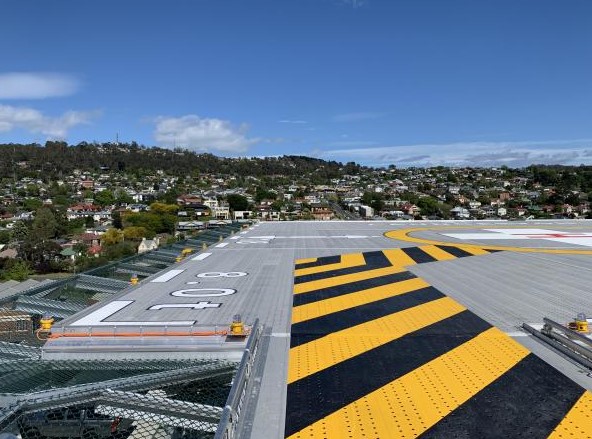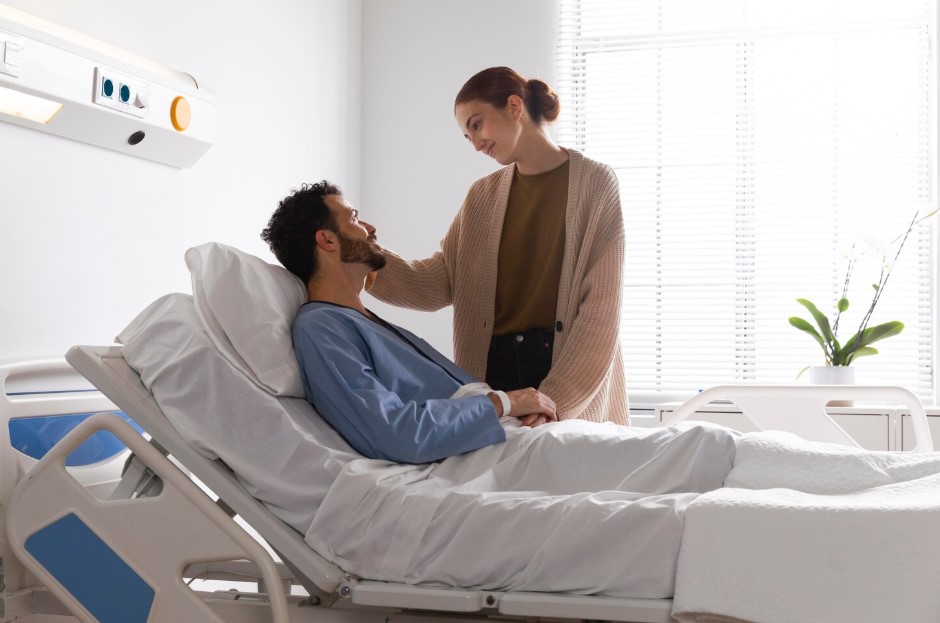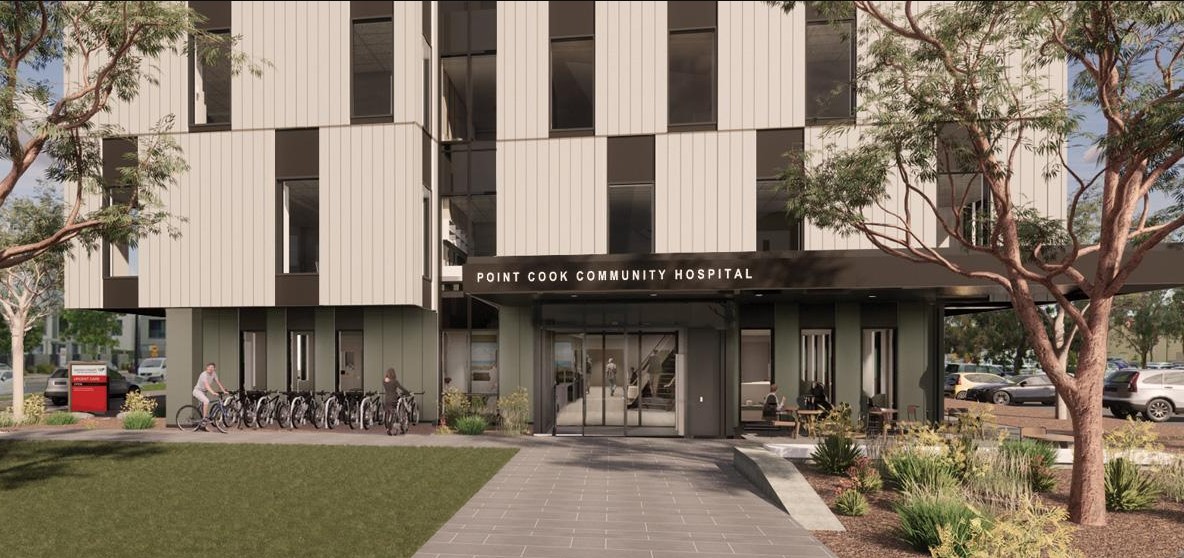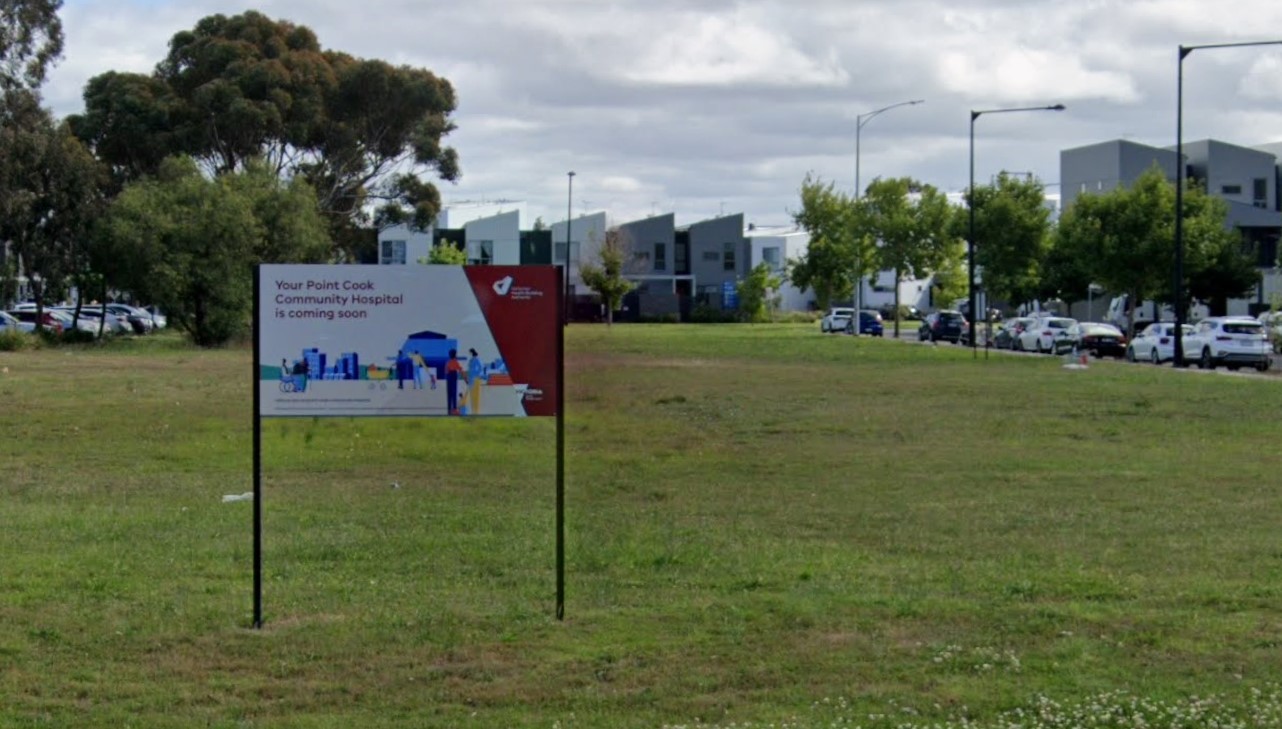09
Oct 2024
Water and light display marks the beginning of testing for the new helipad at Launceston General Hospital.
Published in News on October 09, 2024

Testing is underway for a new $16 million helipad at Launceston General Hospital (LGH) over the next week. This includes evaluations of the latest Deck Integrated Fire Fighting System (DIFFS) and simulations for helicopter landings and take-offs.
The DIFFS system, which is designed to provide a quick and efficient response to any potential fire incidents on the helipad, was tested in collaboration with the installation contractor, Contact Group, on Tuesday night.
The helipad is equipped with multiple nozzles that are installed flush with the deck surface and can automatically extend to spray water in the event of a fire.
This advanced system can deliver 4,000 liters of potable water per minute, supported by two 8,000-liter tanks that supply the necessary water for firefighting operations.
“Safety is paramount when constructing new infrastructure, and this system will ensure effective fire containment in the event of an emergency,” said a spokesperson from the Health Department.
Test flights on October 7th will include approaches and departures to and from the helipad, running from late afternoon into the night, as mandated by regulatory requirements.
Ambulance Tasmania’s aeromedical services provider, Rotorlift Aviation, will conduct the testing, with flights anticipated to wrap up by 10 PM.
The new helipad will significantly improve Tasmania’s aeromedical response to medical emergencies, facilitating the rapid transport of patients to Launceston General Hospital for treatment. This enhancement will support the hospital’s medical professionals in delivering life-saving care as efficiently as possible.
Additionally, during hospital stays, it’s essential to consider accommodation options for patients and their families. Nearby facilities provide comfortable lodging, ensuring that loved ones can remain close to those receiving care. These accommodations often include amenities like kitchen facilities and easy access to healthcare services, creating a supportive environment during challenging times.









